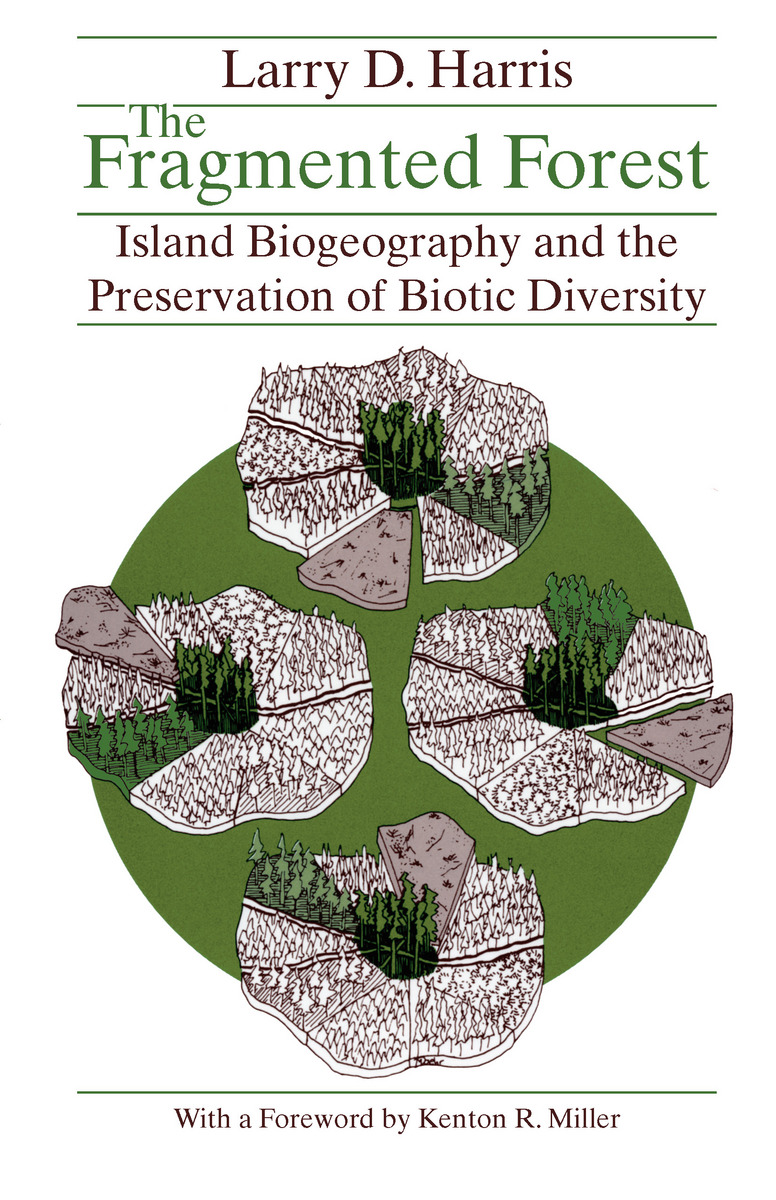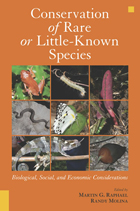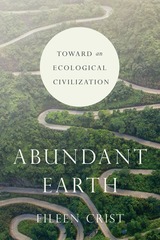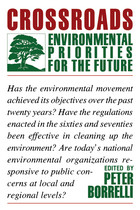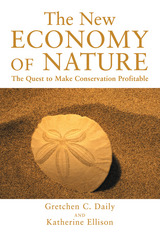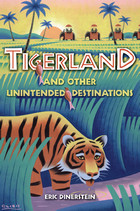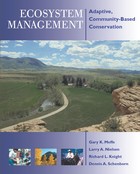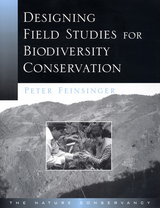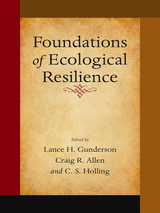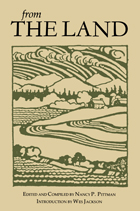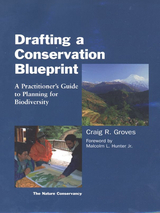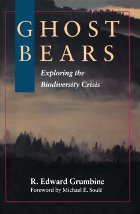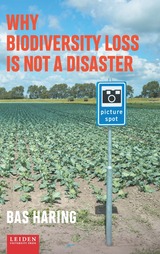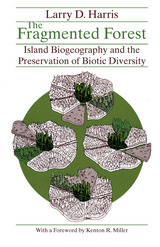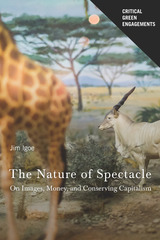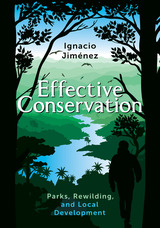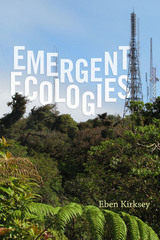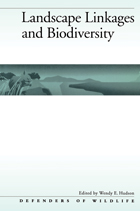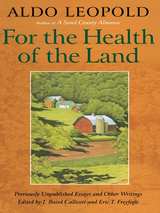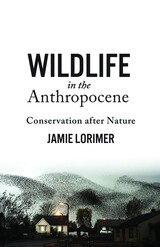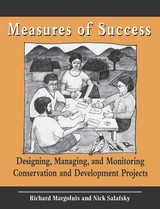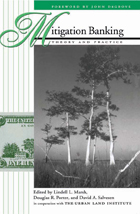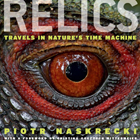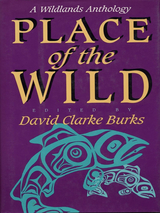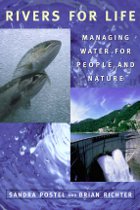The Fragmented Forest: Island Biogeography Theory and the Preservation of Biotic Diversity
University of Chicago Press, 1984
Cloth: 978-0-226-31763-2 | Paper: 978-0-226-31764-9 | eISBN: 978-0-226-21995-0
Library of Congress Classification QH75.H37 1984
Dewey Decimal Classification 639.9
Cloth: 978-0-226-31763-2 | Paper: 978-0-226-31764-9 | eISBN: 978-0-226-21995-0
Library of Congress Classification QH75.H37 1984
Dewey Decimal Classification 639.9
ABOUT THIS BOOK | TOC | REQUEST ACCESSIBLE FILE
ABOUT THIS BOOK
In this poineering application of island biogeography theory, Harris presents an alternative to current practices of timber harvesting.
"Harris pulls together many threads of biological thinking about islands and their effect on plant and animal survival and evolution. He weaves these threads into a model for managing forest lands in a manner that might serve both our short-term economic and social needs as well as what some people feel is our ancient charge to be steward of all parts of creation."—American Forests
Winner of the 1986 Wildlife Society Publication Award
"Harris pulls together many threads of biological thinking about islands and their effect on plant and animal survival and evolution. He weaves these threads into a model for managing forest lands in a manner that might serve both our short-term economic and social needs as well as what some people feel is our ancient charge to be steward of all parts of creation."—American Forests
Winner of the 1986 Wildlife Society Publication Award
See other books on: Biogeography | Botany | Island ecology | Nature conservation | Preservation
See other titles from University of Chicago Press
